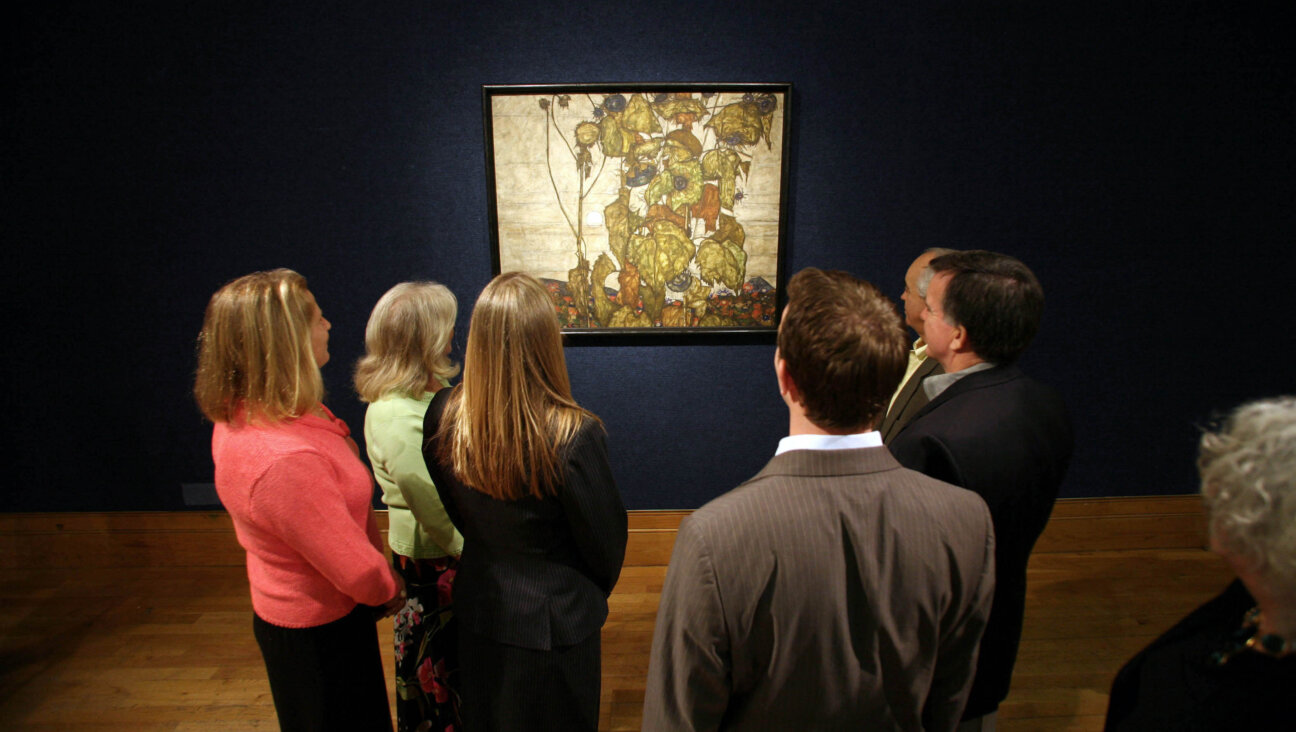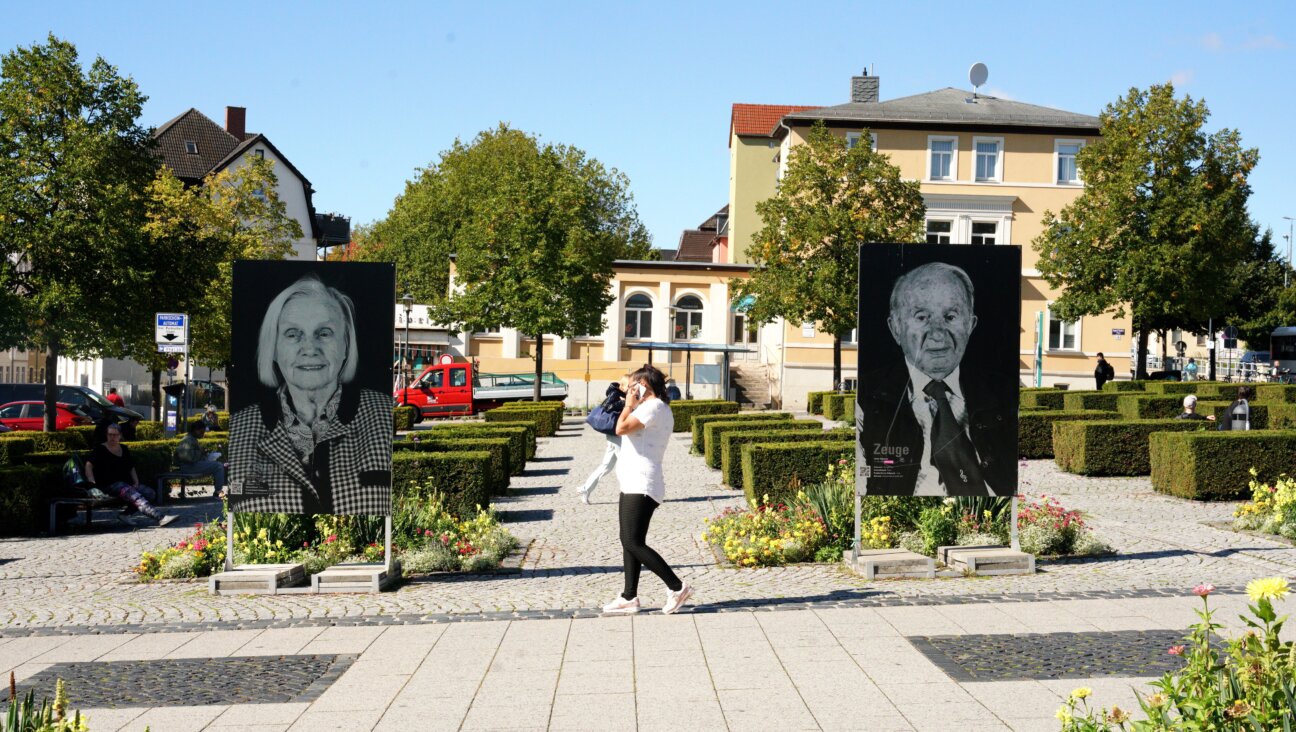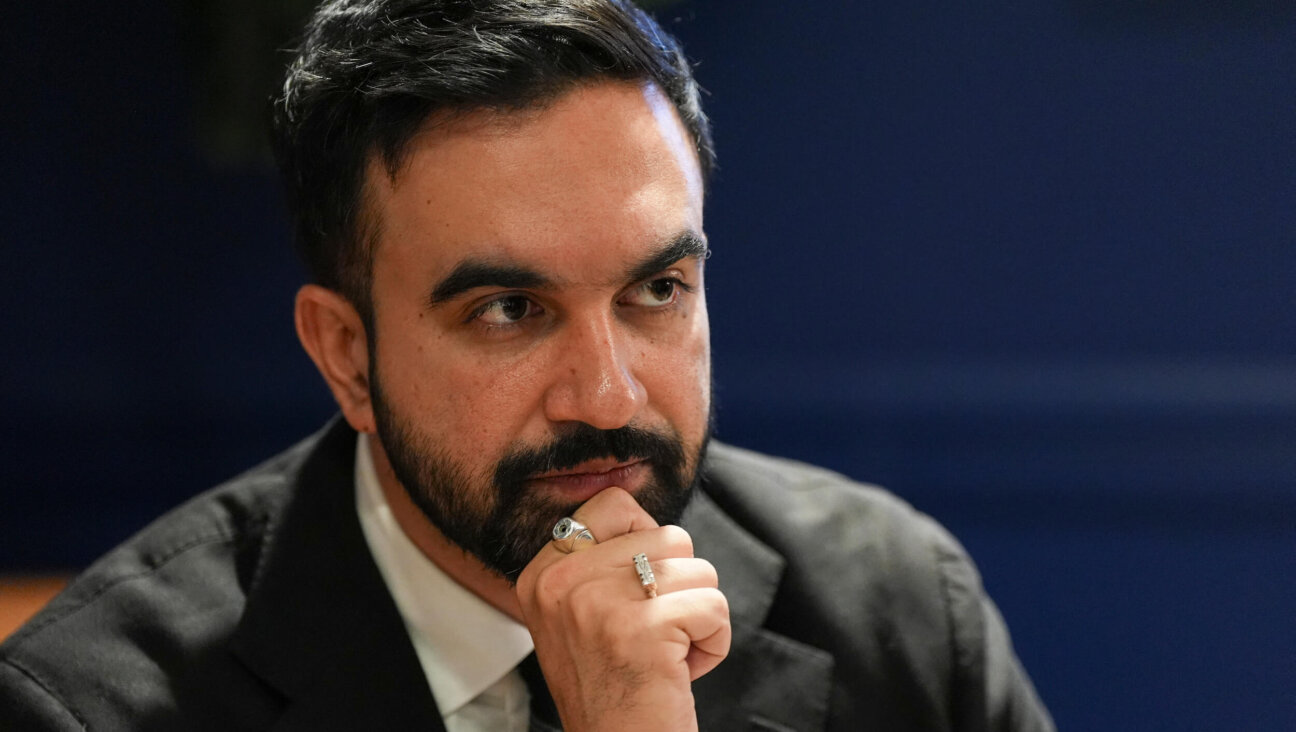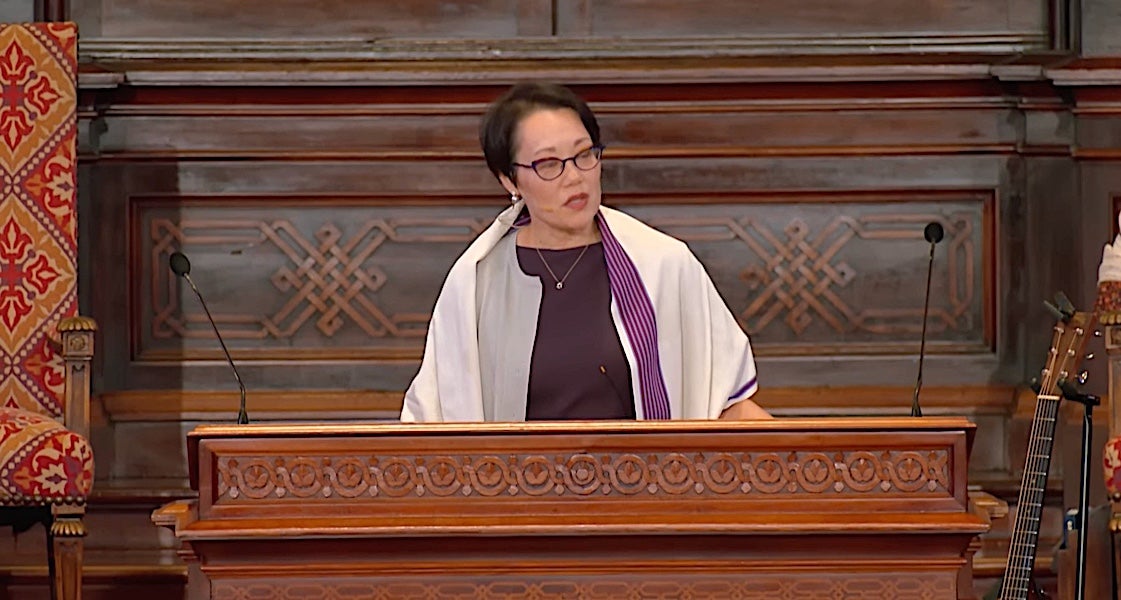Daughter Inspires Dad’s Quest for Cure

Dreaming With Dakota: After Dakota Bihn (pictured in pink in this 2007 photo with her family) was diagnosed with Juvenile Tay-Sachs, her father launched the Cure Tay-Sachs Foundation. Image by COURTESY OF KEN BIHN
Dakota Jean Bihn started dropping things at age 3.
That’s how Ohio accountant Ken Bihn begins telling the story of his daughter, a tale that has led him down the unexpected path of starting his own foundation.
Dakota spent years bouncing between puzzled doctors. “She was clumsy, then she stuttered a little bit,” Bihn said. By September 2005, after Dakota fell behind even in special education school, a friend referred Bihn to a doctor known for solving medical mysteries.
The doctor interviewed Dakota and her family, drew blood and called Bihn into his office two weeks later.
“He had a tear running down his cheek when he slipped a piece of paper across the table to me that said she had Tay-Sachs,” Bihn said. “The only question I thought to ask was, ‘Will she live to be 30?’ He just shook his head, ‘No way.’”
Following a couple weeks of crying, he embarked on what would become his life’s pursuit: fighting for resources to treat a rare disease. After sending letters to Oprah Winfrey, Bill Gates and the usual suspects, Bihn began to realize, “You can’t just wait for someone to write you a check.”
So he started the Cure Tay-Sachs Foundation. Binh, who lives with his family in a suburb of Cleveland, incorporated the foundation in June 2007, and so far it has raised more than $921,000, much of it from donations of as little as $20. Fundraising techniques have run the gamut from an “adopt a mouse” program to fund research to T-shirt sales to an upcoming “ultimate sports auction,” which will feature Cleveland Brown Eric Steinbach. The group funnels the money to research projects, including $325,000 to the National Tay-Sachs and Allied Diseases Association’s research initiative, making Cure Tay-Sachs the initiative’s largest single donor over the past two years.
“Ken has been a great inspiration for all our families to get involved, really showing how one person can make a difference,” said Susan Kahn, director of the National Tay-Sachs and Allied Diseases Association. “He’s always pushing us, pushing everybody to have more ambitious goals.”
Until 2005, however, Bihn had never heard of Tay-Sachs. He said that although Irish-Americans, such as himself, have a carrier probability of one in 50, members of his ethnic group are less aware than Jews are of the disease. (Ashkenazic Jews have a carrier rate of one in 27.) When parents are both Tay-Sachs carriers, their child has a 1-in-4 chance of inheriting two copies of the mutated gene and having the disease.
Tay-Sachs results from a genetic mutation that prevents a vital enzyme, known as Hex A, from cleaning dysfunctional lipids from the brain. The cell buildup progressively wreaks havoc. The rare disease is notorious for being fatal to infants by the time they turn 3. Late-Onset Tay-Sachs and Juvenile Tay-Sachs — the variety Dakota has — are different forms of the disease in which the mutation does its damage at a slower pace.
Dakota can still walk, smile and throw kisses to those who love her. Though she is losing muscle functionality, Bihn says she still has the power to lift the spirits of others and inspire many to contribute to Cure Tay-Sachs. The foundation’s Web site features a video called “Dakota’s Dream,” one piece of a larger strategy to spread the word.
Dakota, now 10, received a cord blood transplant in 2007 at Duke University. Though the blood she received was rich in Hex A, the transfusion did not work. Dakota was weakened by the hospital visit. Yet despite some changes, Bihn said her “essential sweetness” is still there.
“I have to keep fighting, even if I lose Dakota,” Bihn said. “Someone has to draw a line in the sand and say, ‘I’ll fight until the fight’s over.’”
















